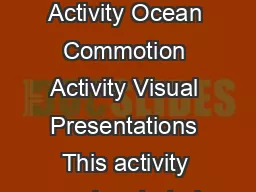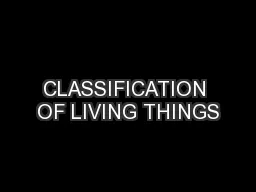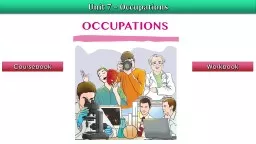PPT-Classification Unit 3 Classification Activity
Author : mojartd | Published Date : 2020-06-23
Please sit down if you Are taller than 59 Have blonde Hair Have brown Eyes Are leftHanded Why Classify To study the diversity of life biologists use a classification
Presentation Embed Code
Download Presentation
Download Presentation The PPT/PDF document "Classification Unit 3 Classification A..." is the property of its rightful owner. Permission is granted to download and print the materials on this website for personal, non-commercial use only, and to display it on your personal computer provided you do not modify the materials and that you retain all copyright notices contained in the materials. By downloading content from our website, you accept the terms of this agreement.
Classification Unit 3 Classification Activity: Transcript
Download Rules Of Document
"Classification Unit 3 Classification Activity"The content belongs to its owner. You may download and print it for personal use, without modification, and keep all copyright notices. By downloading, you agree to these terms.
Related Documents














